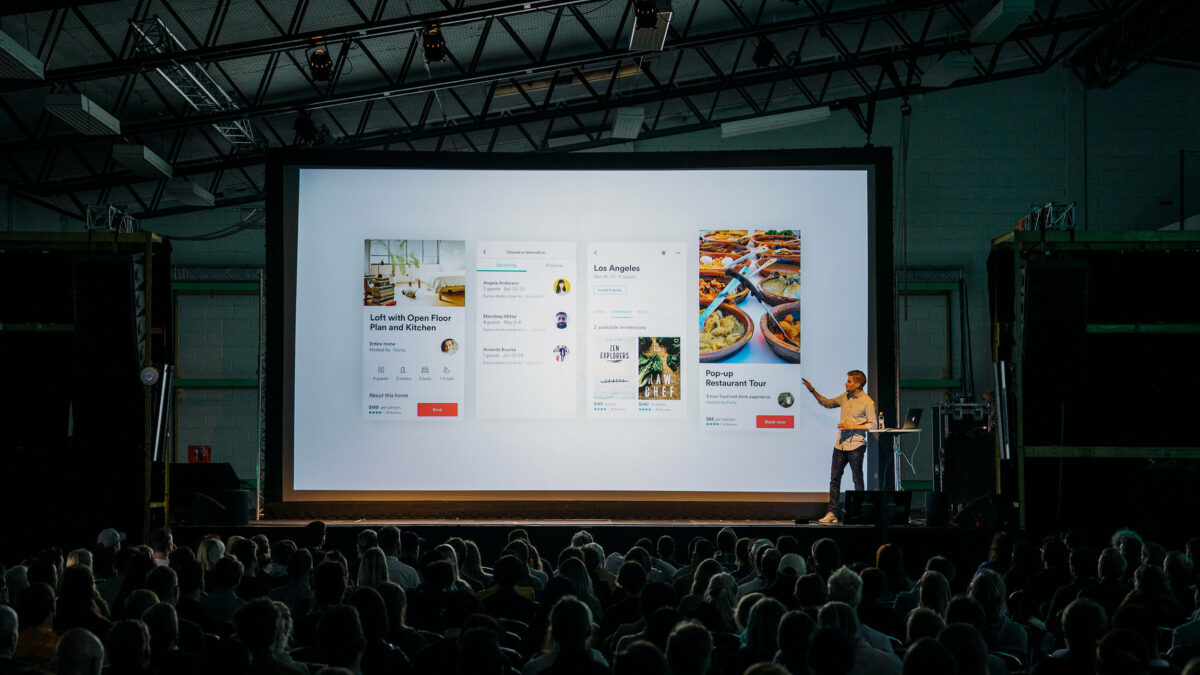
Last week in the IIA we did a webcast for our Retail Analytics Research Council on “next best offers.” I’ve been doing some research on this issue with John Lucker and Leandro DalleMule from Deloitte. I don’t want to give away the punch line of the webcast—or the article we hope to write for Harvard Business Review—but I will provide a few reflections on it.
Next best offers (NBOs) are targeted offers to customers of products or services that they are likely to be particularly interested in and to buy. I was interested in the NBO topic because it is a tangible project using analytics to benefit customers. The world of customer analytics is a very complex and broad topic, and most organizations need to pick something tangible to focus on and accomplish. NBOs are a worthy goal for many organizations because they require a decent knowledge of customers and their wants, product or service attributes, and the purchase context. If you can gather some information about all three of these and combine them in more-or-less real time, you can make a big difference in your marketing.
What’s difficult about NBOs is that there are so many variables that companies can employ to improve them. What have you bought in the past? What are your demographics, and how do they combine into a life stage and lifestyle segment? What product attributes do you find appealing, and which of our products have them? Did you drop in on us via the web, a call center, email, or a physical store? Do you happen to be walking by our store? And are your friends discussing or “liking” our products in social media?
Most organizations struggle with demographics and purchase history information about their customers. Forget about detailed product attributes or SoMoLo (social, mobile, localization) variables. How can you pull together a well-targeted offer when there are so many types of information to master—most of which you don’t have today?
As we said on the webcast, there are two key strategies to make this work. One is to think carefully about your strategy and product/service offerings. What information is likely to influence the purchase of an offer? What channels are you likely to exploit? Do social media matter in your business? Do you really need to know whether your customer has children at home? Some of these questions can only be answered through empirical data, but logic-based shortcuts can help.
The other key strategy is to start somewhere, and try to make progress. You may not be ready to gather and exploit SoMoLo data, but maybe you can start with purchase history, gender, and age. Most offers made by companies today don’t even take those rudimentary factors into account (and it shows). So start with the limited information that you have available and slowly add to it over time. Make sure that your data warehouse or mart can grow as you add information, channels, and data types to it.
No organization on this planet today has “mastered” NBOs. We’re all finding our way. If you read something impressive about a particular company’s use of social media in offers, for example, they are probably not using something basic like marital status information. As they say in the UK, “Keep calm and carry on” making your offers better.